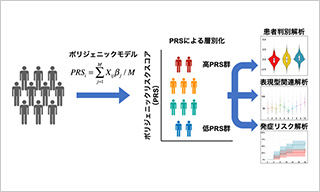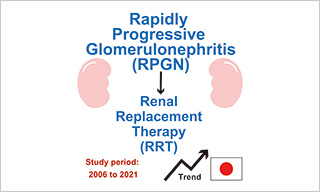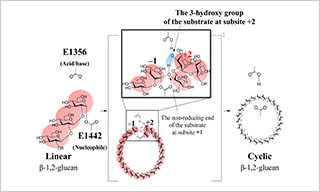Jun 06 2023
Green sustainable chemistry1, which contributes to realizing a sustainable society, is positioned at the core of modern chemistry. Transformation of organic substances using redox catalysts driven by light, which is clean energy, has become a major trend in organic synthesis in chemistry. In particular, the development of organic catalysts that do not contain metal elements has attracted much attention. MIYAJIMA Ryo and OOE Yuuki (students at the Graduate School of Science and Technology, Niigata University), Professor HASEGAWA Eietsu (who was a former member of the Faculty of Science, Niigata University during the research), Assistant Professor MIURA Tomoaki, Professor IKOMA Tadaaki, and Associate Professor IWAMOTO Hajime (Faculty of Science, Niigata University), and Assistant Professor TAKIZAWA Shinya (Graduate School of Arts and Sciences, University of Tokyo) who graduated from the Faculty of Science and subsequently completed his Master's at the Graduate School of Science and Technology, Niigata University, have designed and synthesized new organic molecules with electron donor-acceptor linked structures. They clarified that these organic molecules generate long-lived charge-shifted states under visible light irradiation based on the results of spectroscopic measurements as well as theoretical calculations, and work as photocatalysts that enable reductive transformation of organic substances. This research is expected to be applied to artificial photosynthesis, which is the synthesis of organic substances from carbon dioxide reduction and producing hydrogen from water, that will lead to solutions of the food and energy problems.
Journal: Journal of the American Chemical Society
Title: Triarylamine-Substituted Benzimidazoliums as Electron Donor−Acceptor Dyad-Type Photocatalysts for Reductive Organic Transformations
Authors: Ryo Miyajima, Yuuki Ooe, Tomoaki Miura, Tadaaki Ikoma, Hajime Iwamoto, Shin-ya Takizawa, Eietsu Hasegawa
doi: 10.1021/jacs.3c01264

Polygenic effects on the risk of Alzheimer's disease in the Japanese population

Trends in the incidence of renal replacement therapy due to rapidly progressive glomerulonephritis in Japan, 2006–2021

Uncovering The Cyclization Mechanism of Cyclic β-1,2-Glucan Synthase